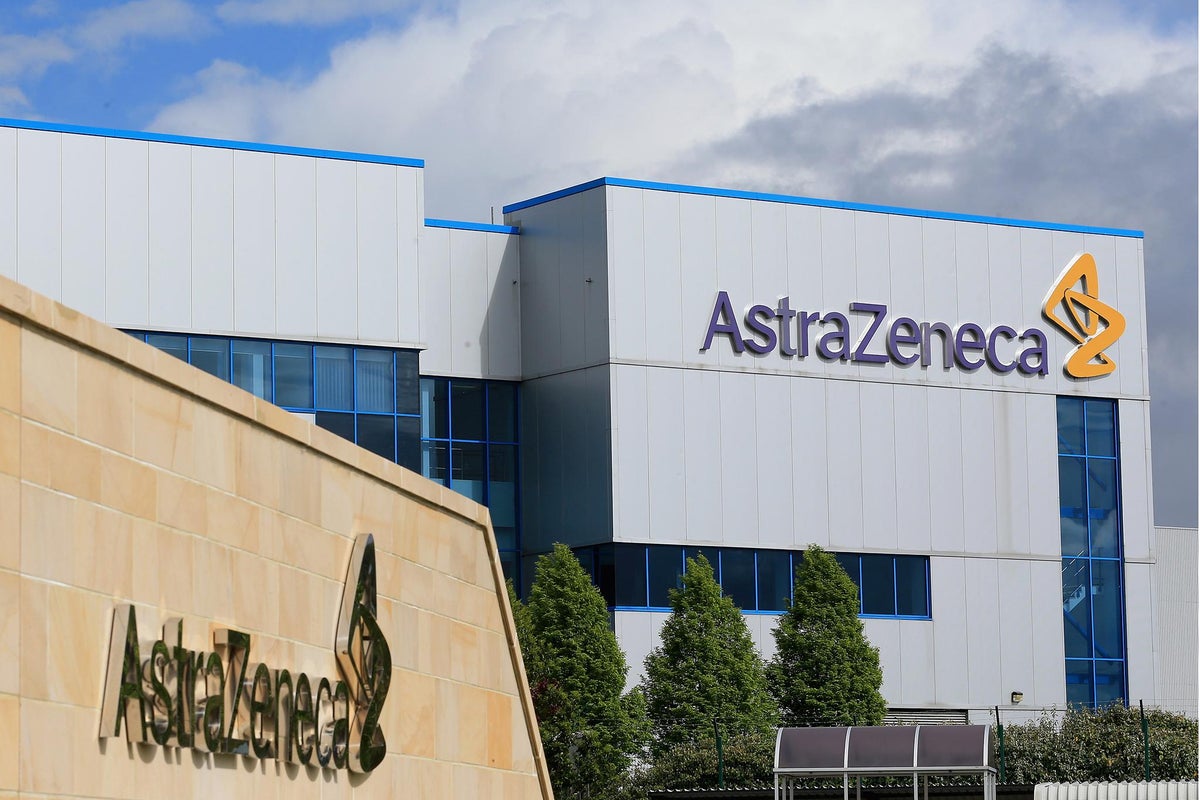Some feared that Donald Trump’s military parade would bring a touch of North Korea to the nation’s capital. The sight of tanks rolling into the city in the same week the president deployed the troops to quell protests and delivered a deeply political speech to soldiers at Fort Bragg did little to alleviate those fears.
But when the day came, it was something closer to a medium-sized town’s July 4th celebration. There were families, picnics, bad weather and small crowds.
There were no 20-foot missiles or long lines of intimidating military hardware. The sparse crowds that did turn out were instead treated to a history lesson about the U.S. Army to celebrate its 250th birthday (it also happened, by pure coincidence, to be Trump’s 79th birthday).
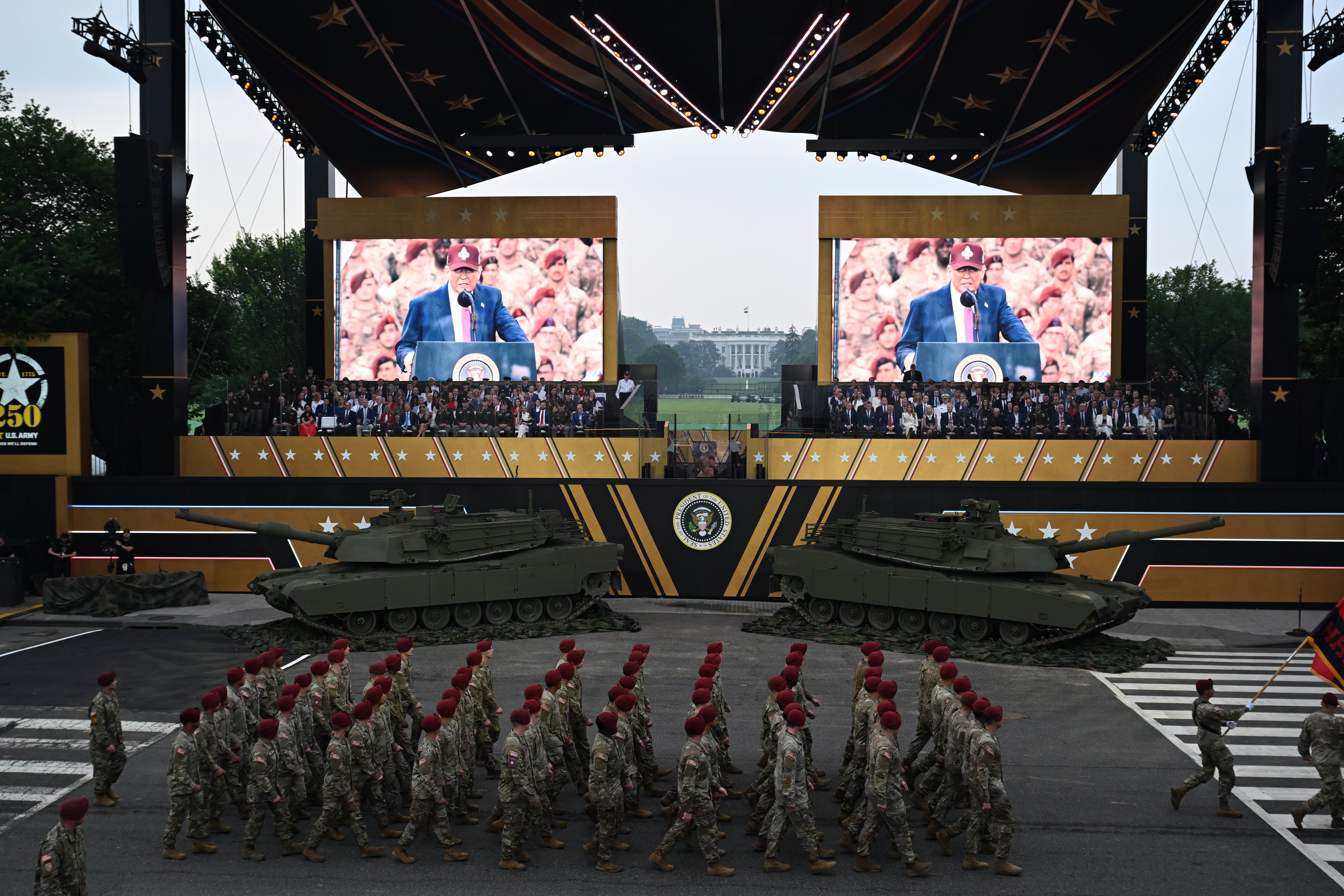
As a regiment or unit would parade by, a voiceover told the crowd its history, and that same booming voice would intermittently follow up with a word for a sponsor.
“With thanks to our sponsor, Lockheed Martin,” the voice said after a touching tribute to the 1st Cavalry Division.
Next, the same voice thanked the crypto platform Coinbase.
Somewhere in the field behind, an energy drink company co-owned by Dana White, a friend of the president, was handing out free cans with the words “screamin’ freedom’ on the front.
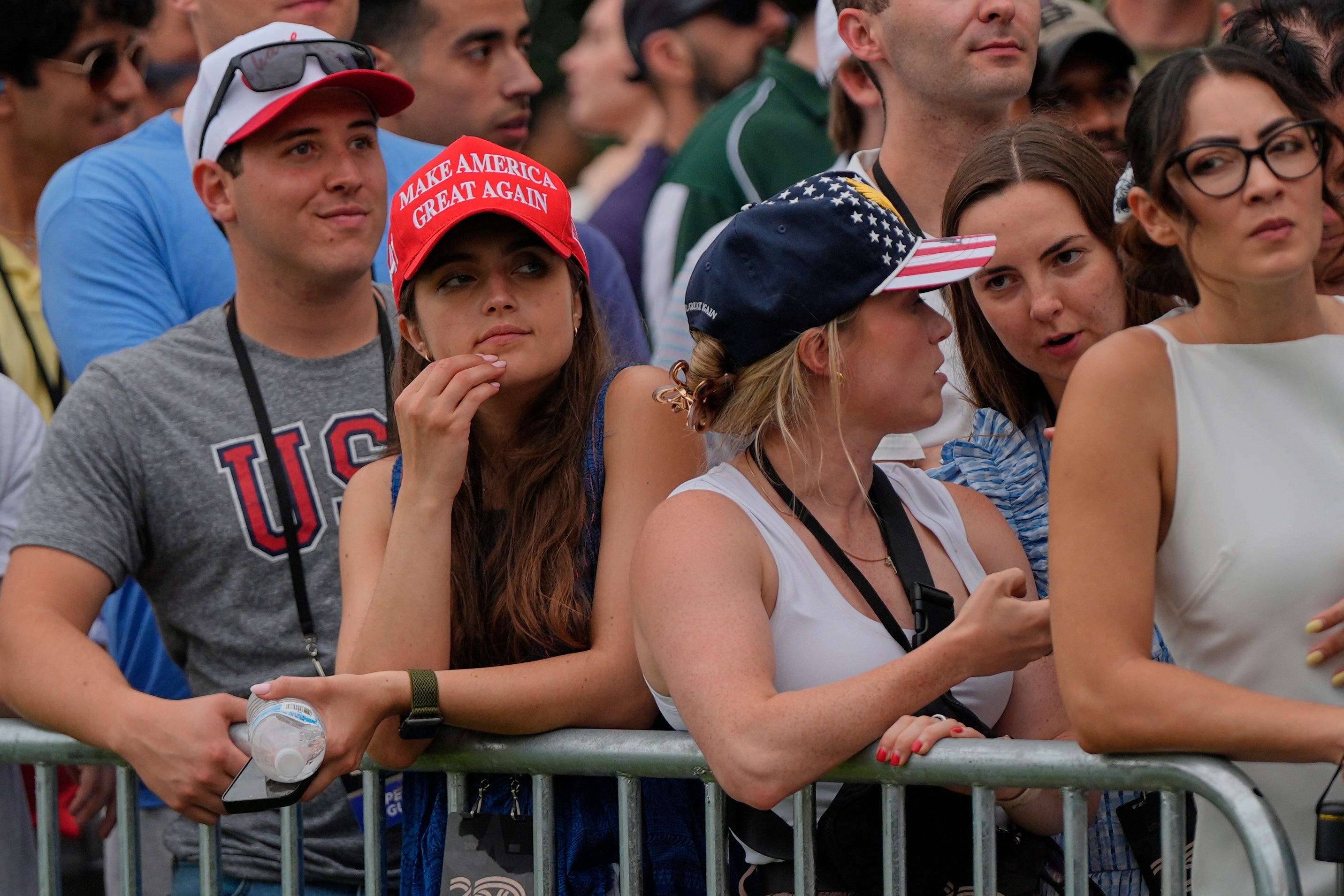
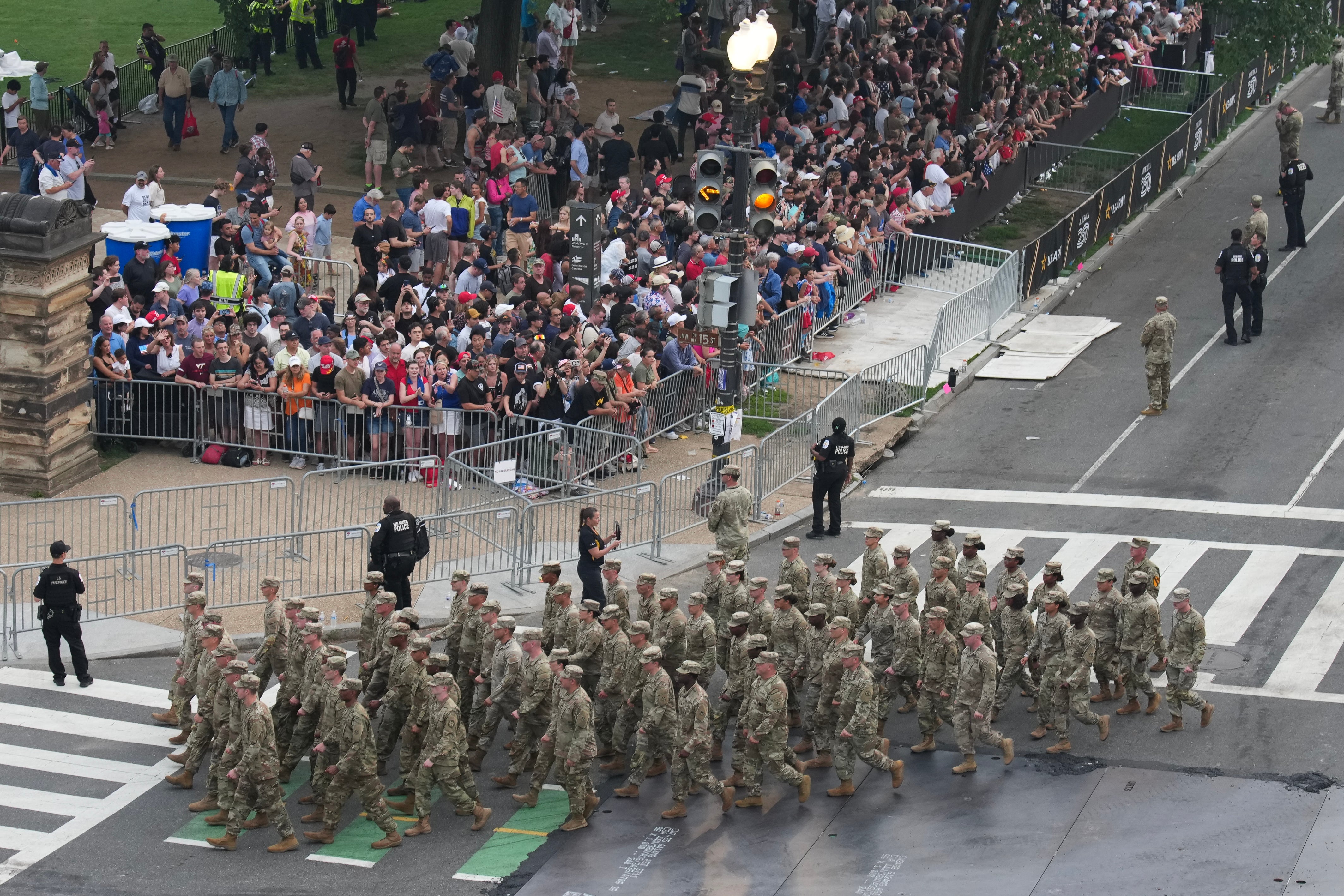
The darker military parades that have become synonymous with tyrannical regimes around the world don’t take breaks for corporate sponsors, nor do they sell pretzels, or have cooling tents.
As Trump’s favorite crooner Lee Greenwood took to the stage at sundown to sing “God Bless the U.S.A,” the event took on a feel closer to Las Vegas than Pyongyang. More kitsch than threatening.
But this event was more political than many Americans will be comfortable with. And even those who couldn’t criticize the occasion doubted Trump’s motives.
“This is the kind of thing that Stalin would have done. This is the kind of thing North Korea does. It sickens me that we’re putting on this display just for one man’s ego,” said Donna Stork, 73, who came from Hagerstown, Maryland, to protest.
“I have no problems with the Army having a celebration,” she said. “What I do have a problem with is the implication that this is more about Trump and military might than it is about the 250th anniversary of people who fought and died for our country.”
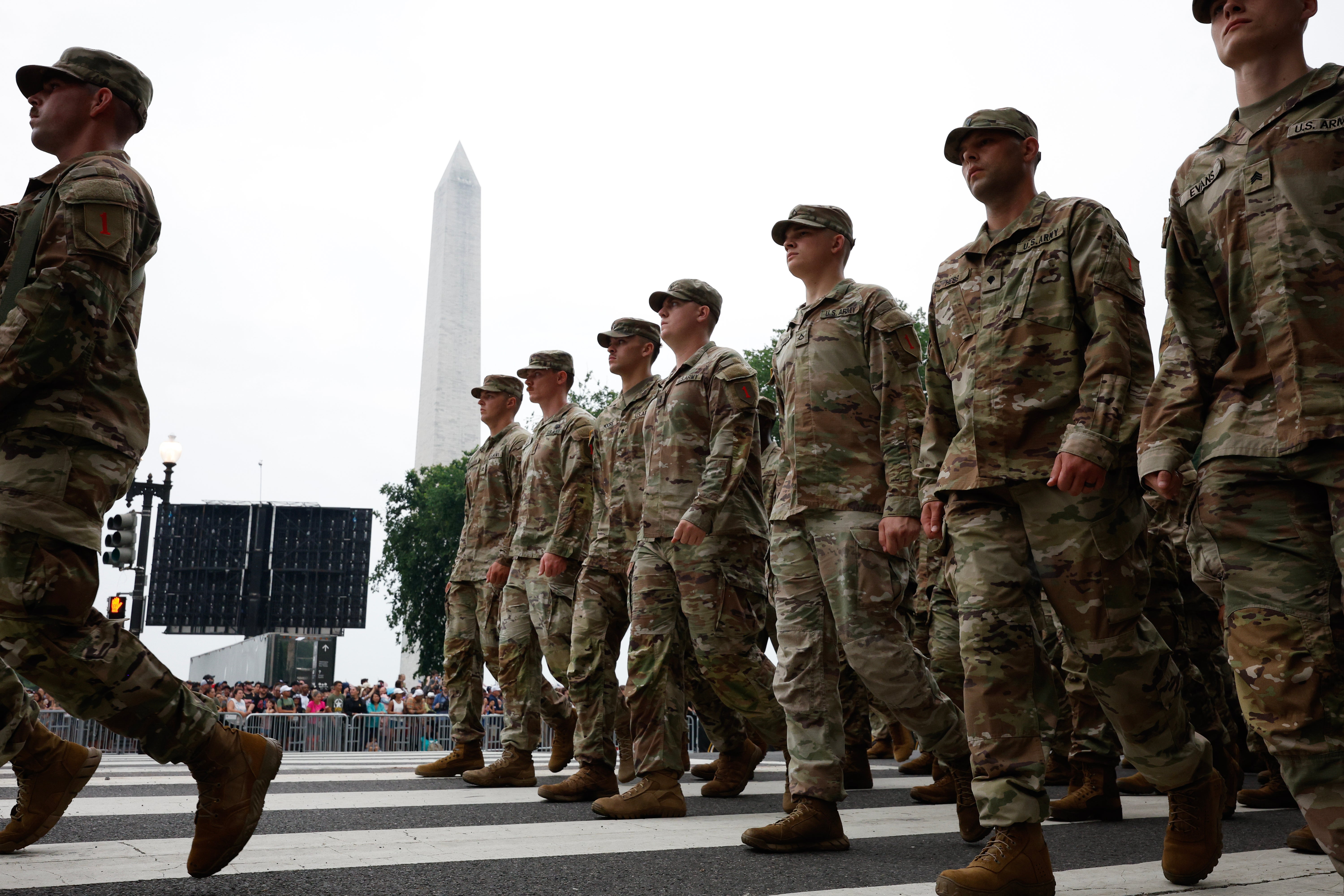
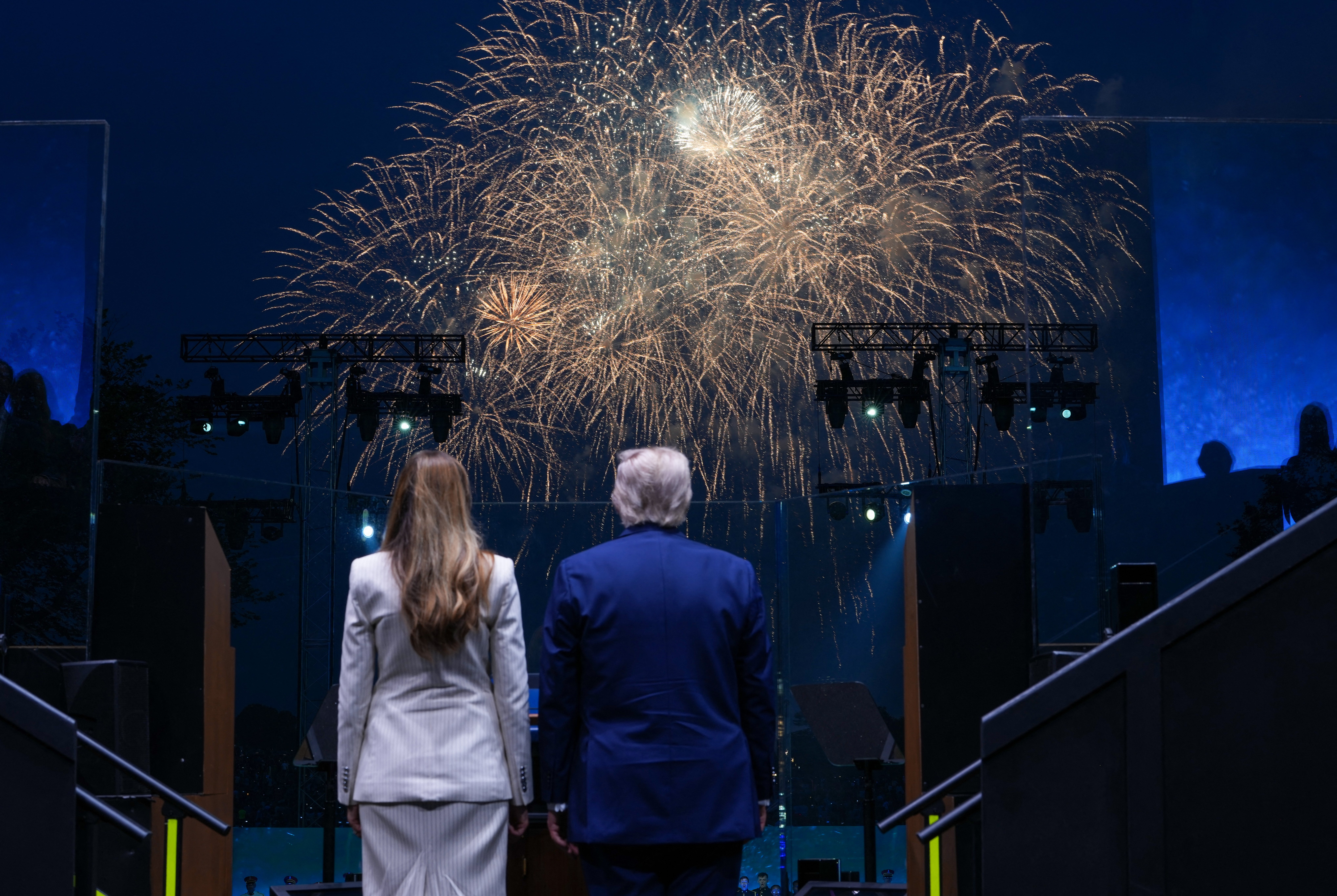
Paul Scott, a Trump supporter who came from Dallas with his wife to watch the parade, did not appreciate the comparisons.
“You’re a part of the tired media. We are exhausted with you,” he said. “Go yell at everybody you want to yell at. We love hearing that you personally think that Donald Trump is North Korea’s dictator. You’re insane, not me.”
Tanks, armored personnel carriers and artillery rumbled down Constitution Avenue, a rare sight in the U.S., which has rarely in modern history had to prove its military strength to anyone.
Trump’s parade was planned long ago, but it happened to come at the end of an eventful week in which the president trampled norms and tested laws governing his control of the U.S. military.
He dispatched troops to Los Angeles to handle relatively minor protests and threatened to do the same to cities across the country. He gave a deeply politicized speech to soldiers at Fort Bragg, during which he criticized political opponents to the cheers of the enlisted behind him.
After all that, Saturday’s parade seemed like a relatively tame use of the world’s most powerful military force.
For many, though, especially veterans, it was a chance to pay tribute to their fallen comrades and to receive thanks for their own service.
“I retired from the Army 30 years ago and I came to honor all the people that came before me, all the friends that I’ve lost,” said Van Beal, 70, who first joined the Army in 1978, “and just to be here because it’s only going to be one 250th, so it’s a wonderful opportunity.”




